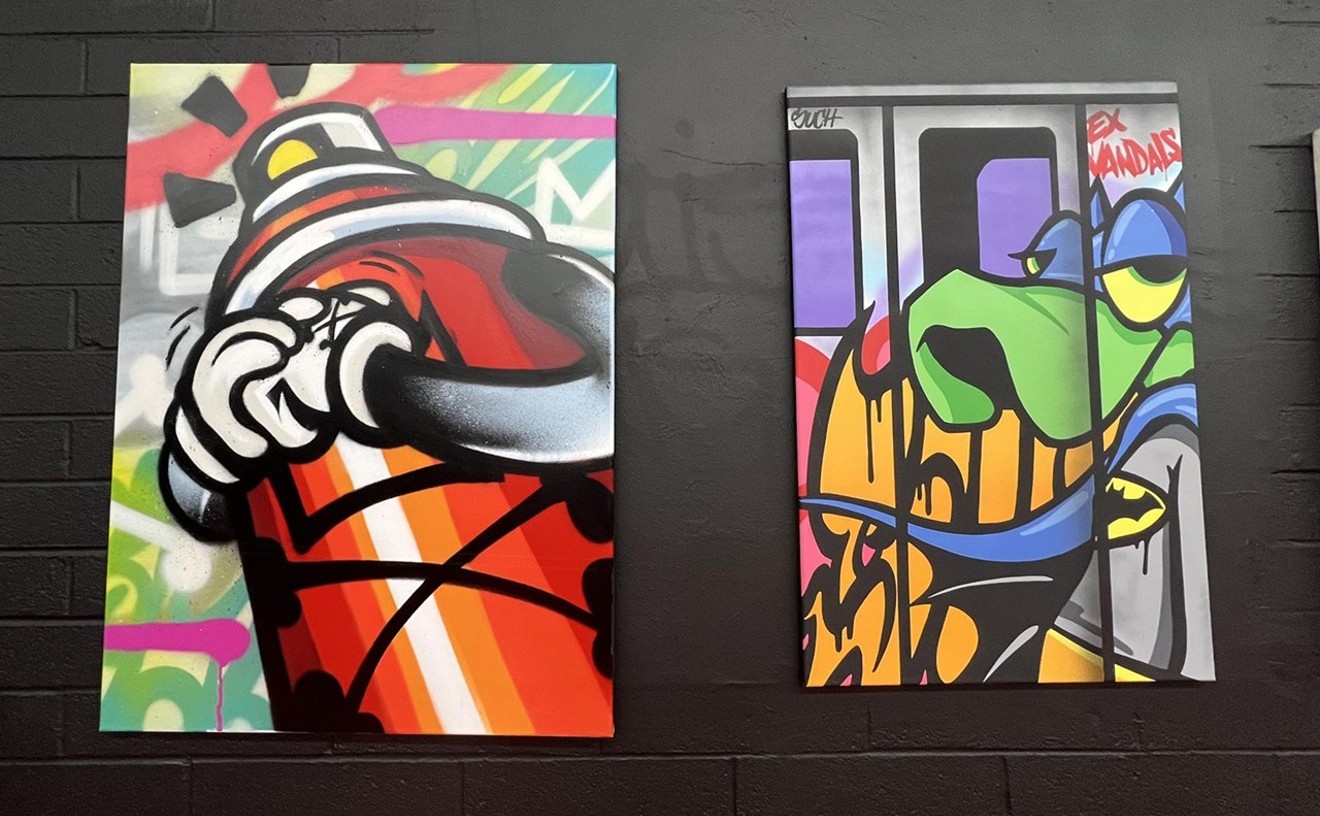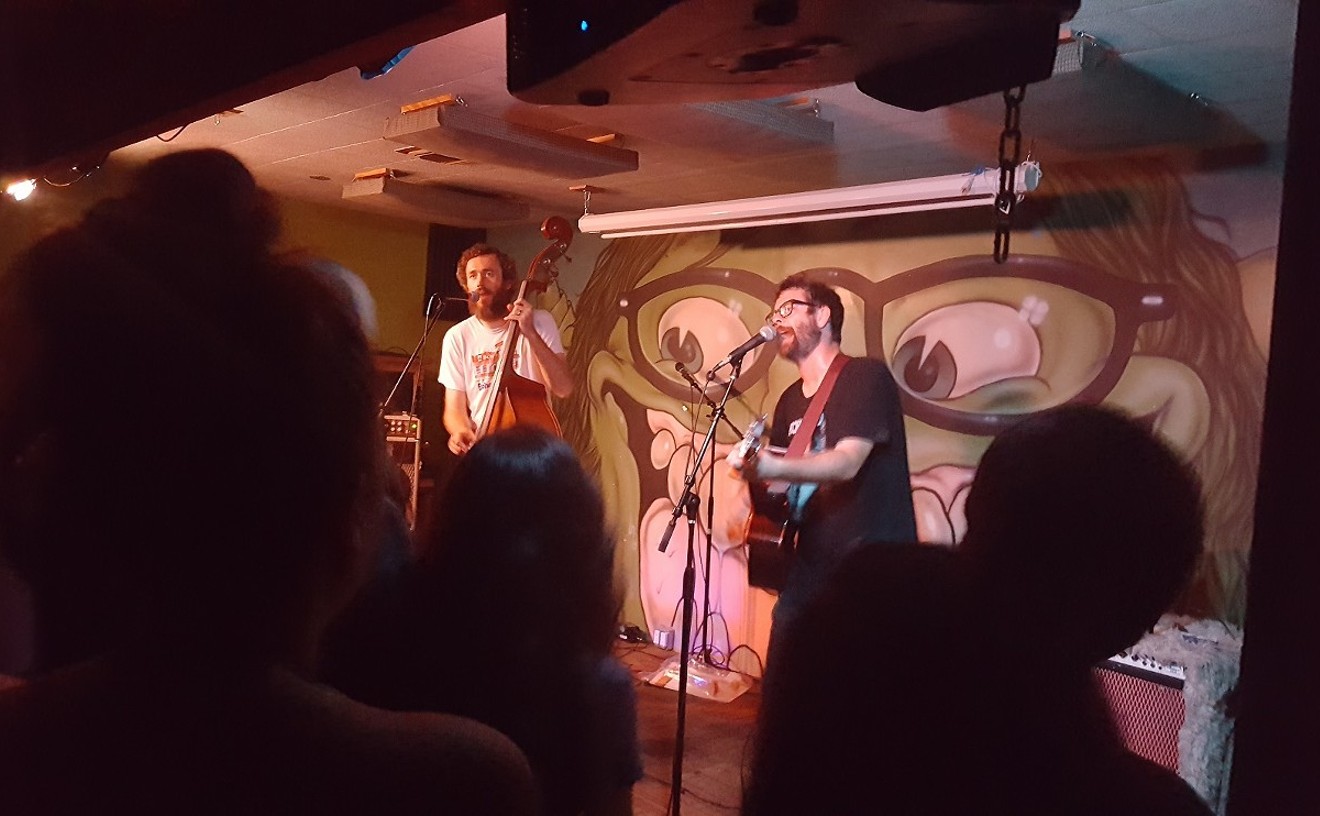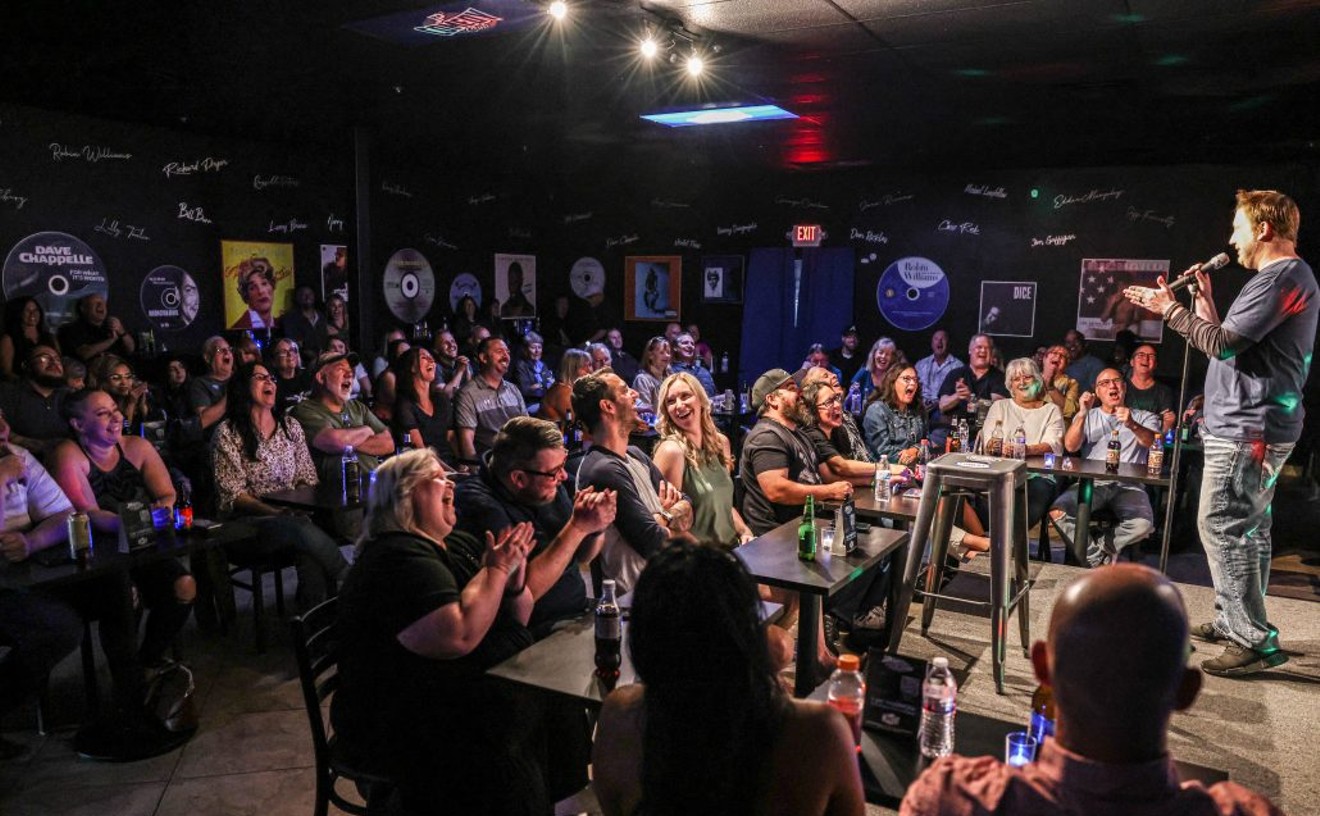It's becoming more and more difficult to distinguish a digital color photograph from a color photograph that's printed from film.
That dichotomy does not exist with a cyanotype.
Invented in 1842 by Brit scientist Sir John Herschel, the non-silver process (or what we call "alternative-photographic process" these days) was brought to photography by Anna Atkins. To this day, her stirring Prussian blue-tinged photograms of plant life - which were first unveiled publically in her book Photographs of British Algae: Cyanotype Impressions (1843) - are what present-day cyanotypists strive for when exposing prints in ultraviolet light.
Though Atkins isn't around to dish about her secrets, the medium still lives on. With a lot of patience and time, you can produce an organic cyan-blue image. Honestly, the biggest obstacle is the time-sucking nature involved with the prep work. However, it's so worth it once you start sculpting some prints.
Here's a quick-and-dirty cyanotype how-to:
* Choose a black-and-white negative or have a black-and-white negative image enlarged and printed on to a transparency. (Color negs don't work; it must be black and white.)
* Mix the solutions in a lightproof room. (By the way, one place to order the product is the Condon, Montana-based Photographers' Formulary, which specializes in alternative-photographic chemicals.)
* Coat the medium (fabric, wood, watercolor paper) with the stuff in a dark room and let dry. If you're feeling antsy to print, use a blow dryer to speed up the drying process.
* Place the dry goods into a lightproof bag, such as a black trash bag.
* Take your negative or enlarged transparency out into the sunlight and place on to a flat surface. Then, take a piece of coated paper and place under the negative for a predetermined amount of time (exposure times range from a minute to half an hour, depending on the density of the negative/transparency). The best printing occurs under a cloud-less sky between 11 a.m. to 3 p.m.
* Place the exposed medium (in this case, watercolor paper) into a bucket of cool water. Agitate the print for three to five minutes in order to wash off the chemicals. Then, place the washed print into another bucket of cool water and allow it to sit for another three to five minutes before taking it out to dry.
See. That doesn't sound too difficult, right?
The opening reception for Holly Sheppard's "Light Paintings," which showcases modern digital light-painting techniques, and Steve Jansen's "March," an exhibit of cyanotypes, opens tonight from 6 to 9 p.m. at Trunk Space, 1506 Grand Avenue. There will also be a First Friday reception from 6 to 10 p.m. Friday, July 2. Viewing continues through July 12. Admission is free. Call 602-256-6006.










